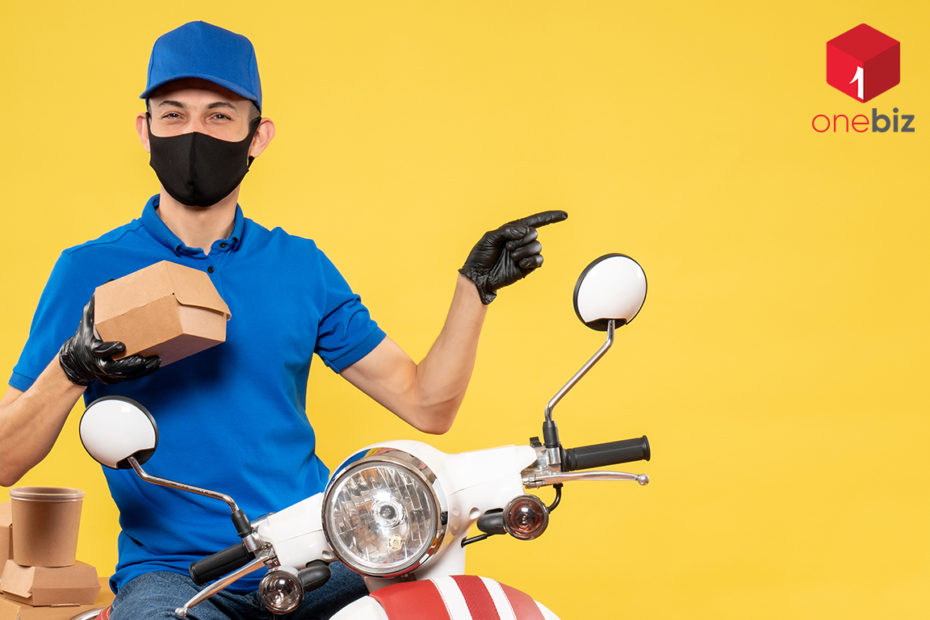Food startups have a simple psychological appeal these days, they promise to buy us time and save us effort. More than delivering convenience as a simple service attribute, they work on delivering convenience across every customer touchpoint.
The on-demand food industry is known to have disrupted traditional markets by adopting a full-cycle approach to the three basic components of a meal experience at a restaurant, which is ordering, cooking and delivering.
Let’s discuss some of the various food delivery business models that food start-ups can build on. If you are looking for the answer to how to start a food delivery business, this article can prepare your ground by reflecting on various food delivery business models that you can consider depending on your business.
VARIOUS FOOD DELIVERY MODELS IN INDIA
The Order Only Model
This model was used by the first generation of restaurant delivery services. They mainly focused on the first step i.e., they act as a pure software layer that aggregates a fragmented offering of independent restaurants, mostly seen in takeaways, that manage their own fleet of couriers.
These software-only marketplaces’ main selling point to restaurants is to bring in a lot of new orders and replace their antiquated phone-ordering system with an optimised web and mobile platform, which integrates with their kitchen workflow.
The Order and Delivery Model
Various upcoming restaurant marketplaces concentrate on bringing additional orders and requests to the eateries, managing the delivery for them, by connecting through their fleet of independent couriers or delivery apps.
Ordering takes place at the app or website interface where the menu of a restaurant is uploaded. Sometimes, to help them pay the commission fee to the delivery service providers, the prices of items on the menu are marked up by the restaurants. The customers are also charged a flat fee for every restaurant where you place an order. When an order comes in, it is sent to the delivery hub closest to the pick-up location.
When a delivery partner is on duty, they are logged in to their delivery phone app which tracks their location. On receiving an order, the delivery hub decides whether they can or cannot do the job. The first person to claim the job takes the job. If no one takes the job, it will be sent out to other delivery hubs, who may be further out or be denied. Each delivery helps them gather data which allows them to keep optimising routes and pick-up/drop-off patterns, giving them an enormous technological advantage.
Businesses built on this model employ people to deliver food from the chef’s kitchen to different drop-off locations.
The Fully Integrated Model
The third category of meal delivery startups includes their personalised through which consumers can order a limited range of meals, reheated in their own fleet of cars as orders come in or delivered frozen in a refrigerated truck and delivered as fast as possible or within a particular time frame stipulated by the customer since they save up on the kitchen preparation time.
These on-demand businesses have various kitchens that cater to the food orders of a particular area. There is usually a different menu each day. There are two ways in which these hubs serve:
Scheduled Delivery: The kitchen opens to receive orders for a particular duration, primarily for delivery scheduled later in the day. People can start ordering after they get a message that the kitchen is open. They can then specify a delivery window in which they would like to receive the food. Various food delivery apps work on this model. It places the meals directly from its kitchen onto delivery trucks and gets them to customers. However, it needs to be planned very carefully for demand in order to avoid waste. If a meal is placed on a delivery truck but there isn’t enough demand, or more demand comes in than what a delivery truck serving a specific area has available. By allowing its customers to place pre-orders, it can predict demand accurately, manage the supply accordingly, optimise delivery schedules, and reduce waste. They even have an order-on-the-go option for dinner as well.
Instant Delivery: The kitchen opens up to receive orders after preparing meals. As orders are received for ready meals, delivery can be done instantly within a specified time. The packed meals are delivered within 15 minutes and are kept in heaters that are driven around in the delivery agent’s vehicles, making sure they’re delivered hot and fast to people.
Oneresto, powered by oneapp, is a 360-degree restaurant management solution that is specially built for restaurant businesses to streamline and smoothen billing and table management experiences. At oneresto, we have kept in mind every small requirement of a restaurant owner and developed our software for you to have a seamless business experience. To prove that, we will provide you with a FREE DEMO to your satisfaction! Claim yours now.
FAQ’s about “What payment gateway should I use if my business is not registered?”
If you are running a full-fledged business, it is advisable that you get your business registered before doing any monetary transaction. It can help you with legal complications, tax complications and others in the long run. However, it is understandable that there can be times when you need to get into an online monetary transaction before registering your business. For such cases, there is a number of payment gateways available which allow freelancers, unregistered businesses to do transactions through them.
Some of such payment gateways available in India are:
- Razorpay
- PayU
- Paykan
- Cashfree
